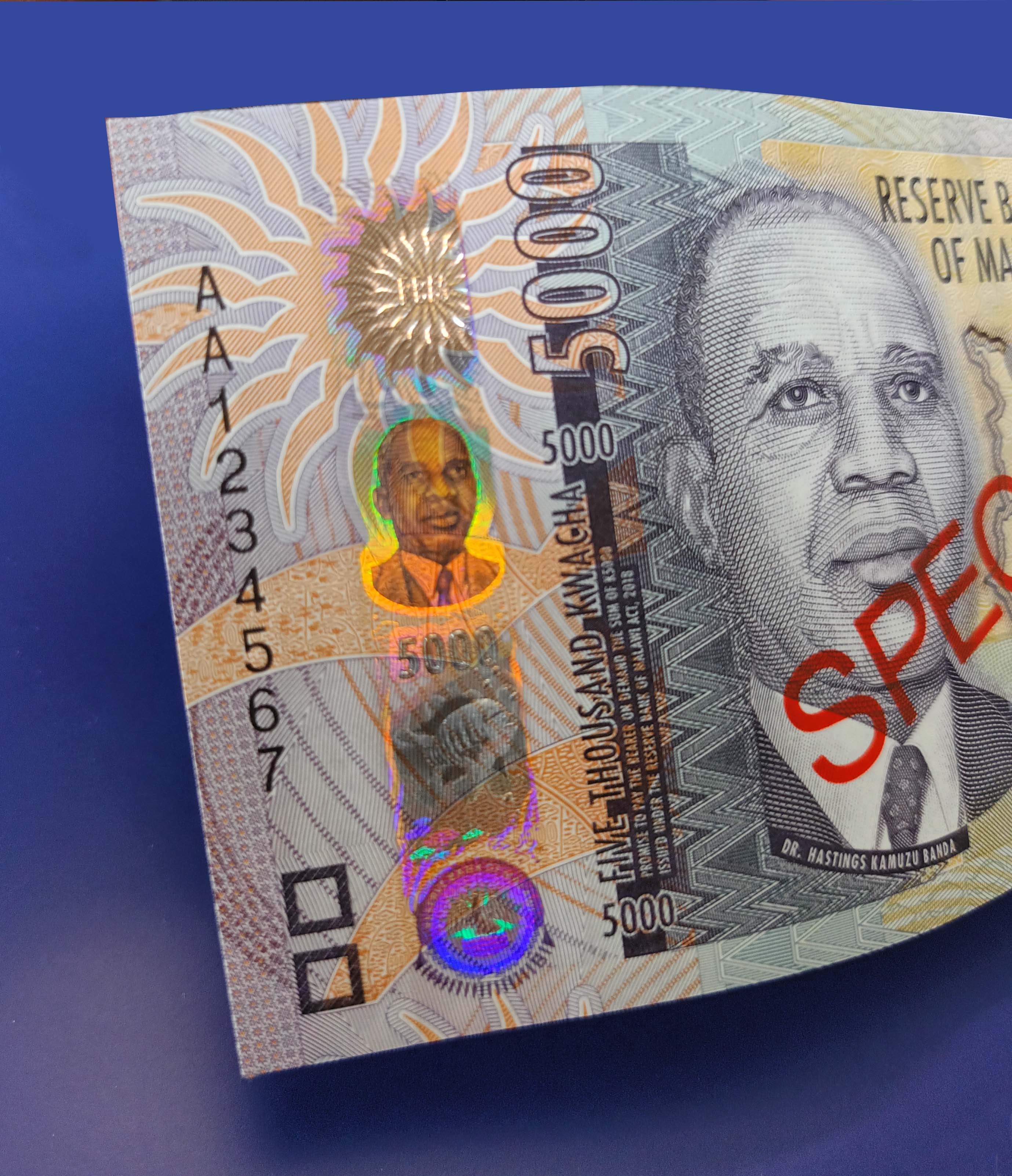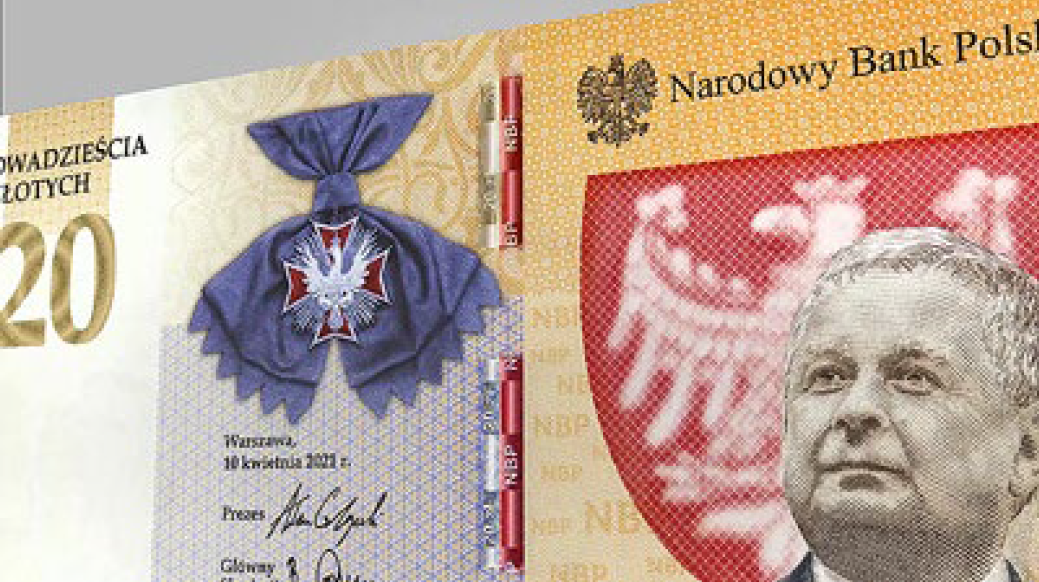



The prestigious Regional Banknote and ID Document of the Year Awards form part of the industry’s High Security Printing (HSP) EMEA conference. After an absence of more than two years, the event was held in Tallinn, Estonia this month, with the awards presented at a special ceremony at the stunning Seaplane Harbour during the conference dinner on 14 June.
The regional Banknote of the Year Award recognises outstanding achievement in the design, technical sophistication and security of a banknote or banknote series, with emphasis placed on reflecting the cultural heritage of the issuing country in the note, and the relevance of the overall design and symbolism.
There are three categories for the Banknote awards – Best New Series, Best New Banknote and Best New Commemorative Banknote – with Malawi, Oman and Poland all receiving recognition this year.
The winner of the best new series was the Central Bank of Oman, for the new banknotes launched to celebrate the 50th anniversary of the Modern Omani Renaissance. The central bank is recognised as always having been at the forefront of adopting new banknote security features and the new series was no exception.
 Oman 6th Series (Central Bank of Oman).
Oman 6th Series (Central Bank of Oman).The design contract was awarded to Oberthur Fiduciaire, and production was split with Giesecke+Devrient. Oberthur Fiduciaire provided the substrate for the three lower denominations and Louisenthal for the four higher ones. The first in the series, the 50 rial, was issued in mid 2020, and the remaining six denominations in early 2021.
The main overt feature on the four highest denominations (the 50, 20, 10 and 5 rials) is varifeye® ColourChange Patch, comprising a foil patch with micro-mirror and colour changing technology over a window. They also feature 4mm RollingStar® security threads and SICPA’s SPARK® Live, with a colour shift matching the thread.
The 1 rial, meanwhile, was the world’s first banknote to feature Oberthur Fiduciaire’s Pulsar™ thread, a combination of movement and colour shift. The ½ rial and 100 baisa contain an embedded 1.2mm Combifluo™ thread with alternations of fluorescent colours on the front and back, creating a third fluorescent colour when illuminated from behind.
All seven notes are printed with Avalon Tri Fluo™, another first from Oberthur for circulating banknotes, and coated with Ultra™, a reinforced post print varnish with additional water and oil resistant properties. In addition, Oberthur’s Highlink™ strengthening agent was added to the three lower denominations to further improve their performance in circulation.
The Reserve Bank of Malawi picked up the award for Best New Banknote for the 5,000 kwacha. This is a new high denomination, introduced in February 2022 to meet the changing economic landscape and also the need for increased security for higher denominations.
 Malawian 5,000 Kwacha (Reserve Bank of Malawi).
Malawian 5,000 Kwacha (Reserve Bank of Malawi).The portrait is of the first President of Malawi, Dr Hastings Kamuzu Banda. The main security features are the Micromirror LEAD foil™ and Galaxy™ security thread from Louisenthal, and SICPA’s SPARK Live in the shape of a fish, with similar dynamics and colour shift as the Galaxy thread.
The note, which was printed by Giesecke+Devrient, has a host other features, including the watermark of Dr Banda and the number 5,000 below the portrait, a Gemini™ UV feature and a double box design on the front to assist with recognition by the visually impaired.
The winner of the Best Commemorative Banknote was Narodowy Bank Polski (National Bank of Poland), for the 20 zloty collectors banknote entitled ‘Is It Worth Being a Pole?’ issued in November 2021 to commemorate Prof Lech Kaczyński, former President of the Republic of Poland.
 Polish 20 ZLOTY (Narodowy Bank Polski).
Polish 20 ZLOTY (Narodowy Bank Polski). Prof Kaczyński was president from 2005 to 2010, when he was killed in a plane crash, along with 95 others, en route to a ceremony in Smolensk, Russia to commemorate the 70th anniversary of the Katyń massacre.
80,000 notes were printed by PWPW. The front features a portrait of Prof Kaczyński, an image of the Order of the White Eagle, and an image of the Presidential Palace in Warsaw, while on the back are images of strikers from the trade union movement Solidarity in the Gdańsk shipyard in the 1980s (which was instrumental in bringing about the end of Communist rule), and a view of the Polish War Cemetery in Katyń.
The note is secured with a KURZ THREAD, a windowed-security thread with proprietary KINEGRAM COLORS® structures, which is vertically divided into two colours and embedded into the substrate. This is the first legal tender banknote to feature a KINEGRAM thread.